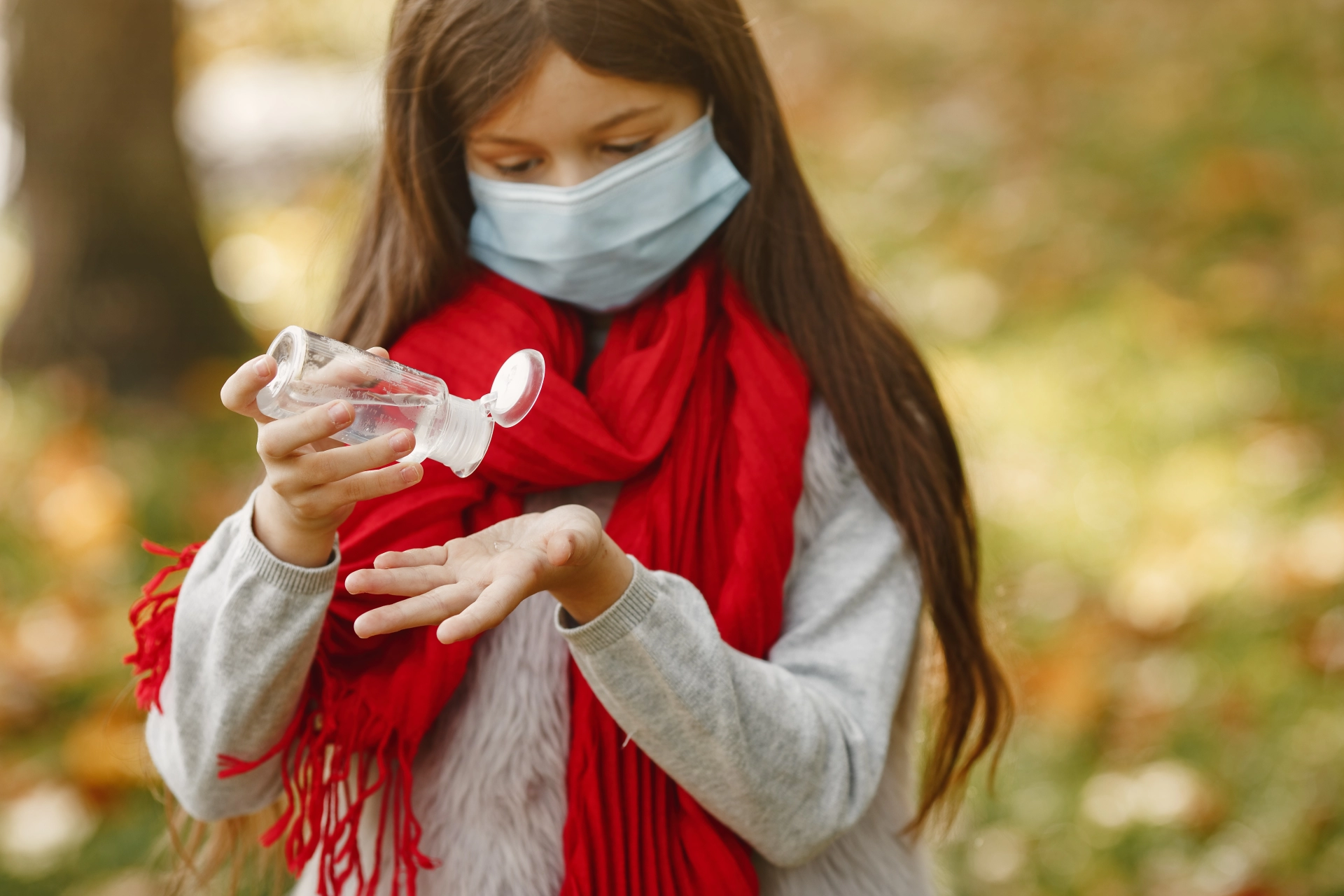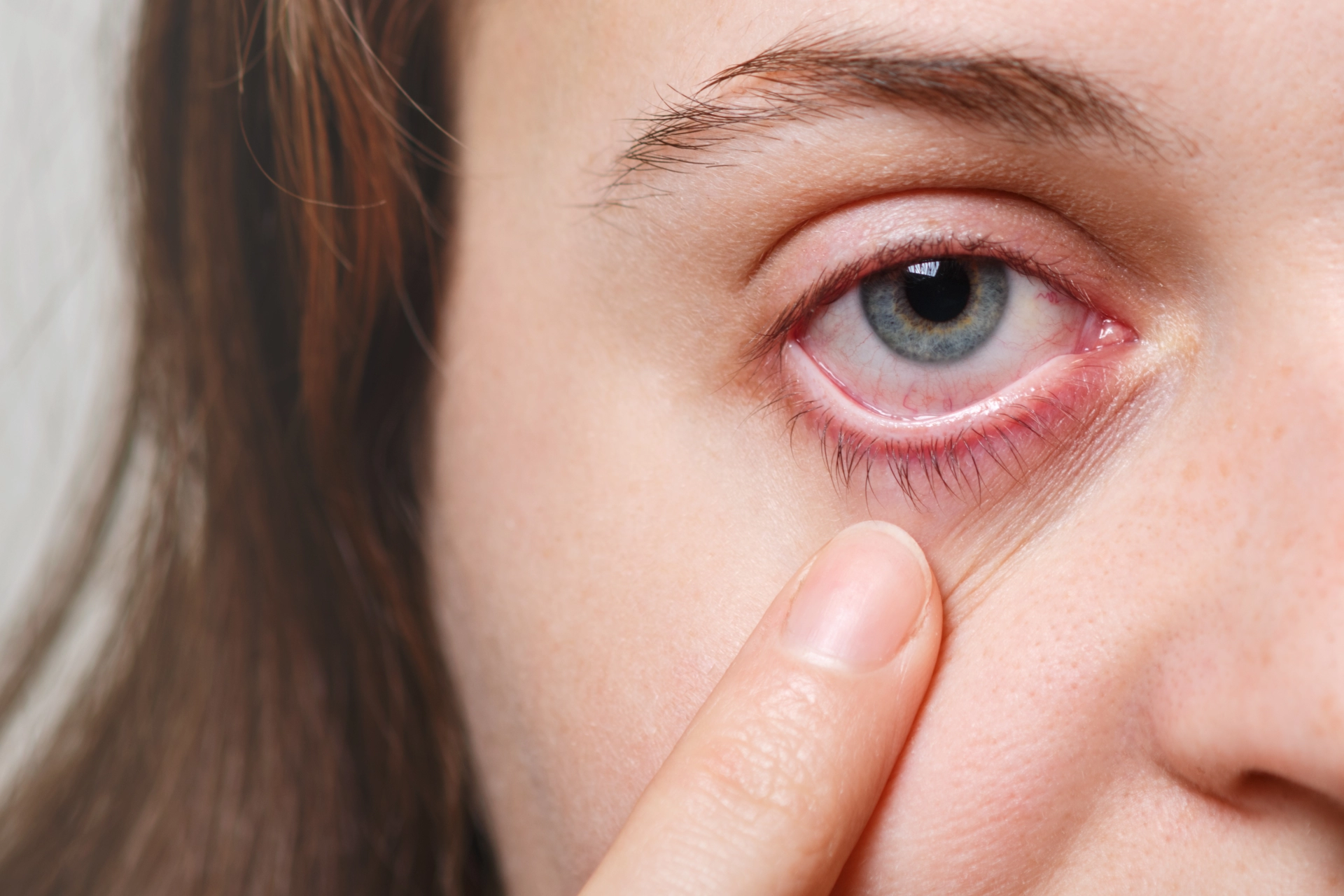What to do if your child is coughing
17 October 2025
Cough is a natural protective reflex of the body and plays an important role in the innate immunity of the respiratory system. It helps clear mucus, microorganisms, and irritants from the airways. The mechanism of coughing includes three phases: inhalation, compression, and exhalation.
The effectiveness of a cough depends on several factors:
• the proper width of the airways (narrowing reduces its efficiency),
• the properties of mucus,
• and the strength of the respiratory muscles.
It’s very important not to suppress the cough reflex without identifying and treating the underlying cause.
Cough occurs in almost all children, including premature infants (about 10% of babies born at 27 weeks and up to 90% of full-term newborns). It is one of the main clinical signs of respiratory diseases, but it can also appear in non-respiratory conditions.
Types of Cough
• Normal (expected) — during viral infections
• Specific — with sudden shortness of breath, recurrent pneumonia, neuromuscular disorders, or chest/jaw anomalies
• Nonspecific — dry cough without an identified respiratory disease (may resolve spontaneously)
Cough is also classified by:
1. Cause
2. Duration:
Acute — up to 4 weeks
Chronic — longer than 4 weeks
3. Nature:
Dry or wet (productive)
Acute Cough
In children, acute cough is most often associated with viral infections of the upper respiratory tract. It usually resolves on its own after the infection and rarely requires further testing.
If the cough is persistent, lasts more than 4 weeks, or is accompanied by other concerning symptoms, a doctor’s visit is necessary.
Acute cough may also develop after foreign body aspiration, especially in children aged 3–5 years, who tend to put small objects in their mouths. This situation requires immediate medical attention.
Acute cough can indicate both respiratory and non-respiratory diseases.
Respiratory causes include:
nasopharyngitis, sinusitis, false croup, tracheitis, bronchitis, pneumonia, and asthma.
Non-respiratory causes include neurological problems, congenital heart defects, and others.
The most common cause of acute cough is the common cold, accompanied by sneezing, fever, runny or blocked nose, headache, and sore throat. These are usually self-limiting viral infections that don’t require antibiotics.
However, if the child breathes rapidly, has a persistent fever, weakness, or refuses fluids — medical evaluation is necessary.
Chronic Cough
Chronic cough lasts more than 4 weeks and may be accompanied by wheezing, burning, breathing difficulty, nasal congestion, or hoarseness.
You should see a doctor if your child has:
• frequent, persistent cough,
• barking or nighttime cough,
• wheezing or noisy breathing,
• productive cough with mucus,
• rough or hoarse-sounding cough.
Chronic cough may occur in both younger and older children.
• In children under 5 years old, it can be caused by infections, asthma, foreign body aspiration, passive smoking, or congenital abnormalities.
• In children over 5 years old, causes include asthma, prolonged bacterial bronchitis, allergies, long-term use of nasal drops, and passive smoking.
What to Do
During autumn, when viral infections are more common, it’s important to pay close attention to cough symptoms and seek timely care.
If your child has a cough, don’t wait for it to pass on its own. Consult a pediatrician.
Our clinic’s experienced doctors will identify the cause, prescribe the right treatment, and, if necessary, perform modern diagnostic tests.
Our clinic offers all the necessary advanced diagnostic methods to ensure accurate diagnosis and effective treatment.









